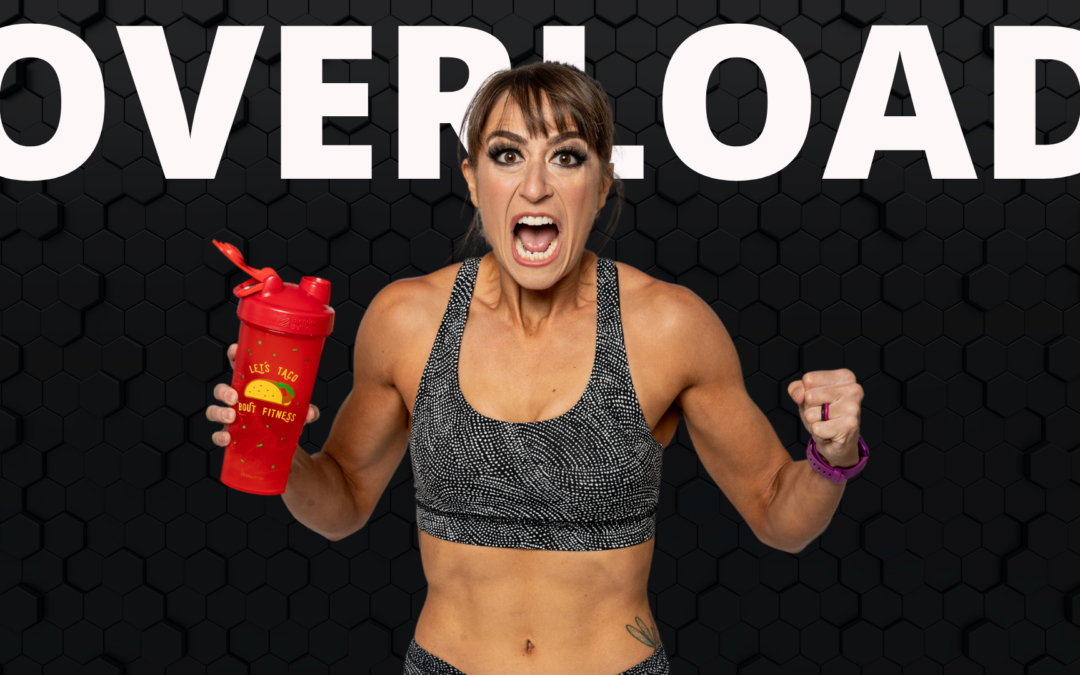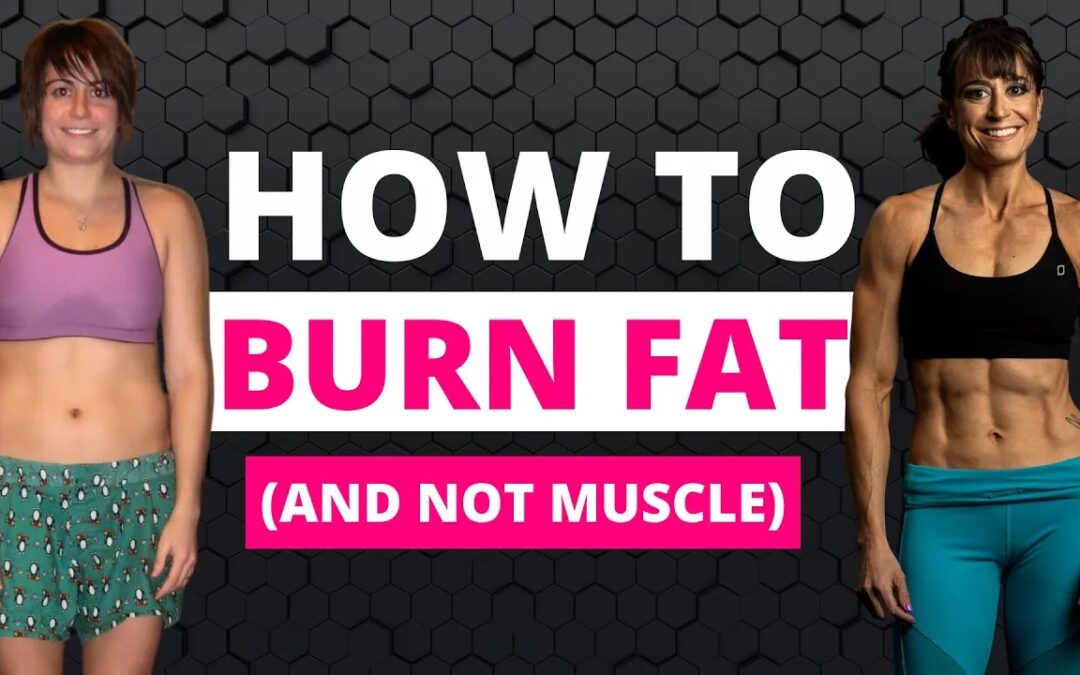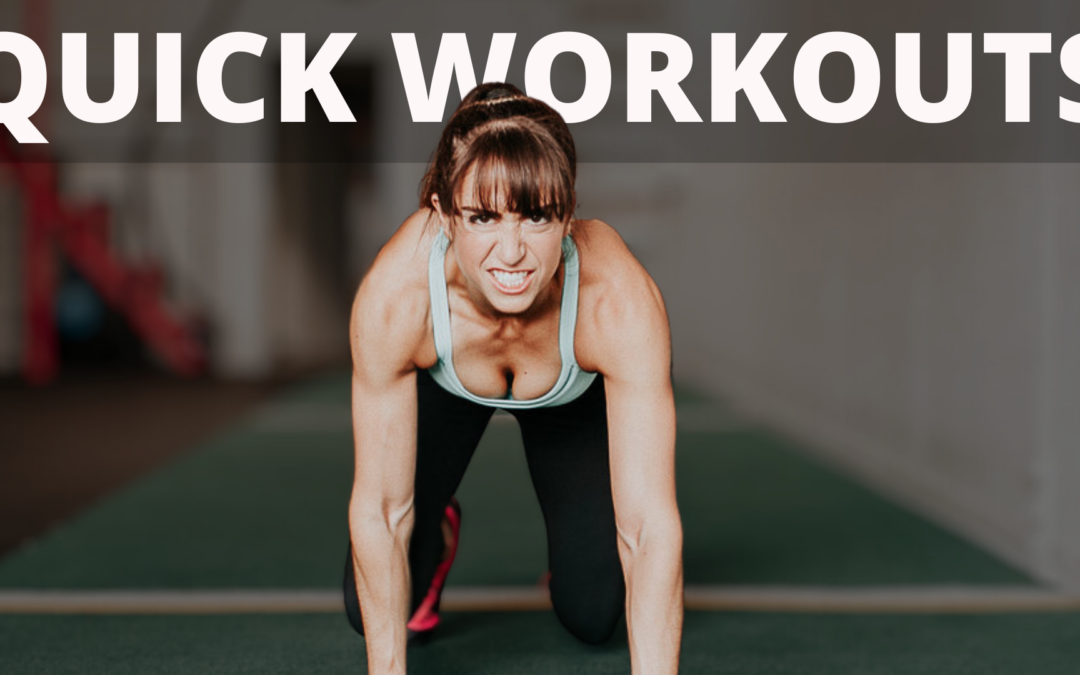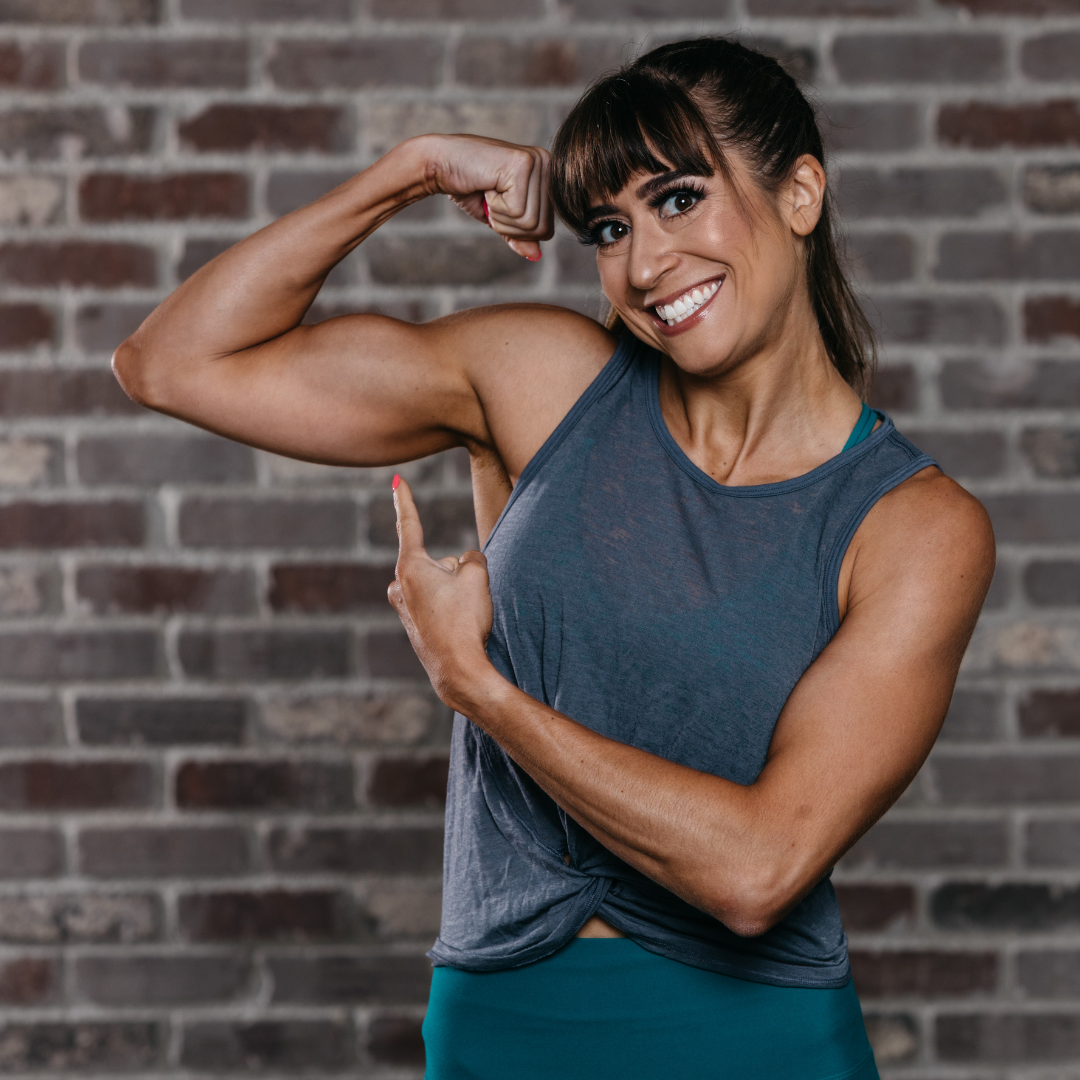
by Cori Lefkowith | Apr 10, 2024 | podcast
LISTEN HERE 7 WATCH HERE 7 TRANSCRIPT 7 OPEN TRANSCRIPT (00:00):Hey guys, this is Cori from Redefining Strength. Welcome to the Fitness Hacks Podcast. This is the show where I share all my free workout and nutrition tips. I’m not going to ever fill this episode...

by Cori Lefkowith | Apr 7, 2024 | Blog, Diet, Exercises
If you feel lost as to what to do and like your hard work in the gym isn’t showing, I want to help you avoid common body recomp mistakes with 5 tips to dial in your workouts and your diet to help you lose fat NOT muscle! The first key component for fat loss is...

by Cori Lefkowith | Apr 5, 2024 | podcast
LISTEN HERE 7 WATCH HERE 7 TRANSCRIPT 7 OPEN TRANSCRIPT (00:00):Hey guys, this is Cori from Redefining Strength. Welcome to the Fitness Hacks Podcast. This is the show where I share all my free workout and nutrition tips. I’m not going to ever fill this episode...

by Cori Lefkowith | Apr 3, 2024 | podcast
LISTEN HERE 7 WATCH HERE 7 TRANSCRIPT 7 OPEN TRANSCRIPT 00:00):Hey guys, this is Cori from Redefining Strength. Welcome to the Fitness X Podcast. This is the show where I share all my free workout and nutrition tips. I’m not going to ever fill this episode with...
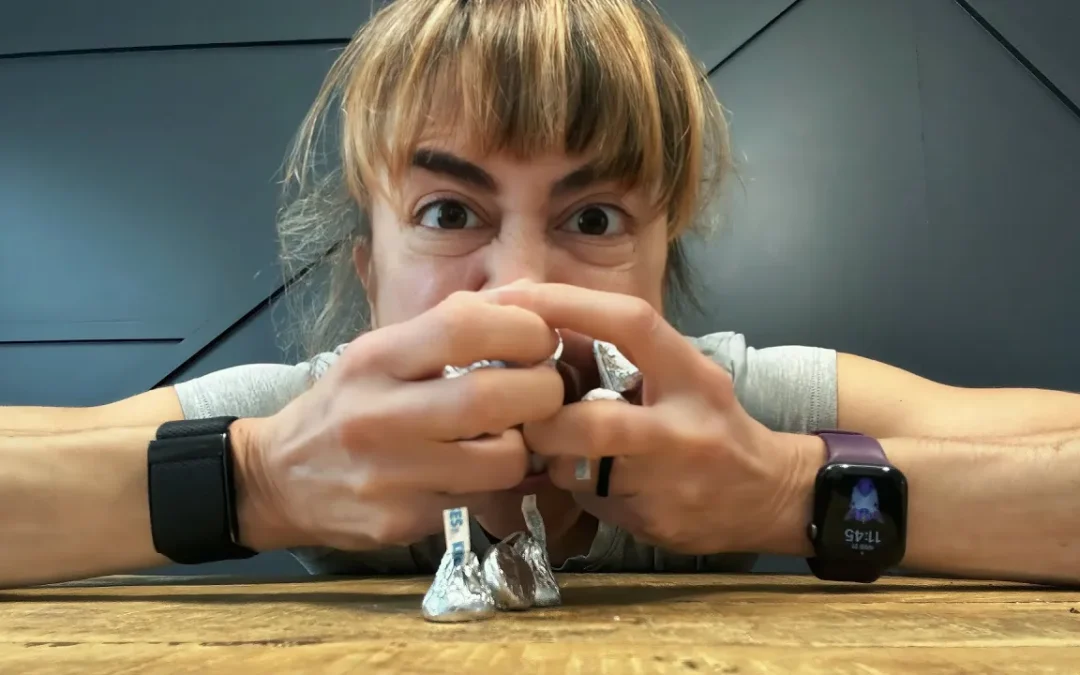
by Cori Lefkowith | Apr 3, 2024 | podcast
LISTEN HERE 7 WATCH HERE 7 TRANSCRIPT 7 OPEN TRANSCRIPT Cori (00:00):Hey guys, this is Cori from Redefining Strength. Welcome to the Fitness Hacks Podcast. This is the show where I share all my free workout and nutrition tips. I’m not going to ever fill this...
